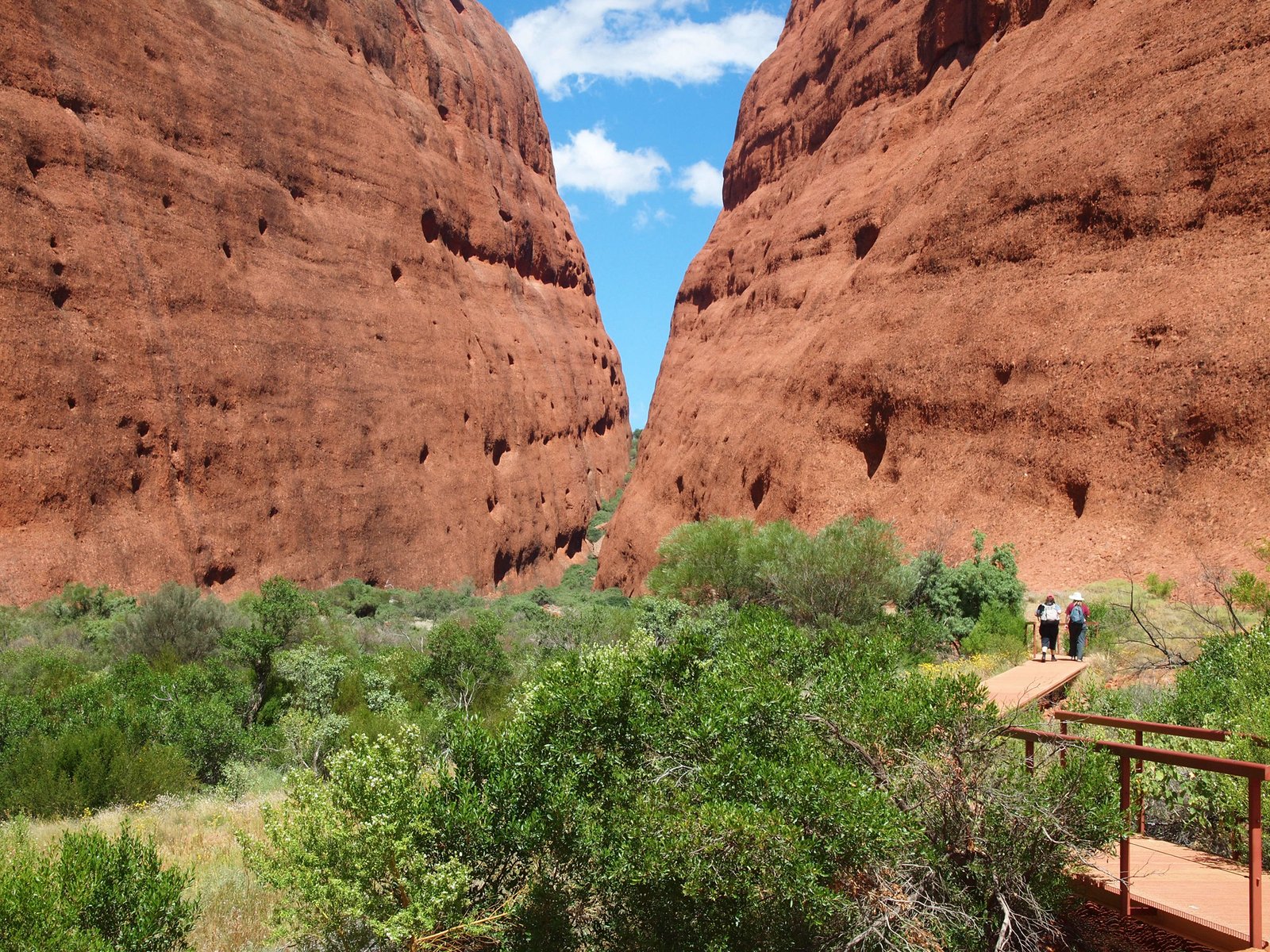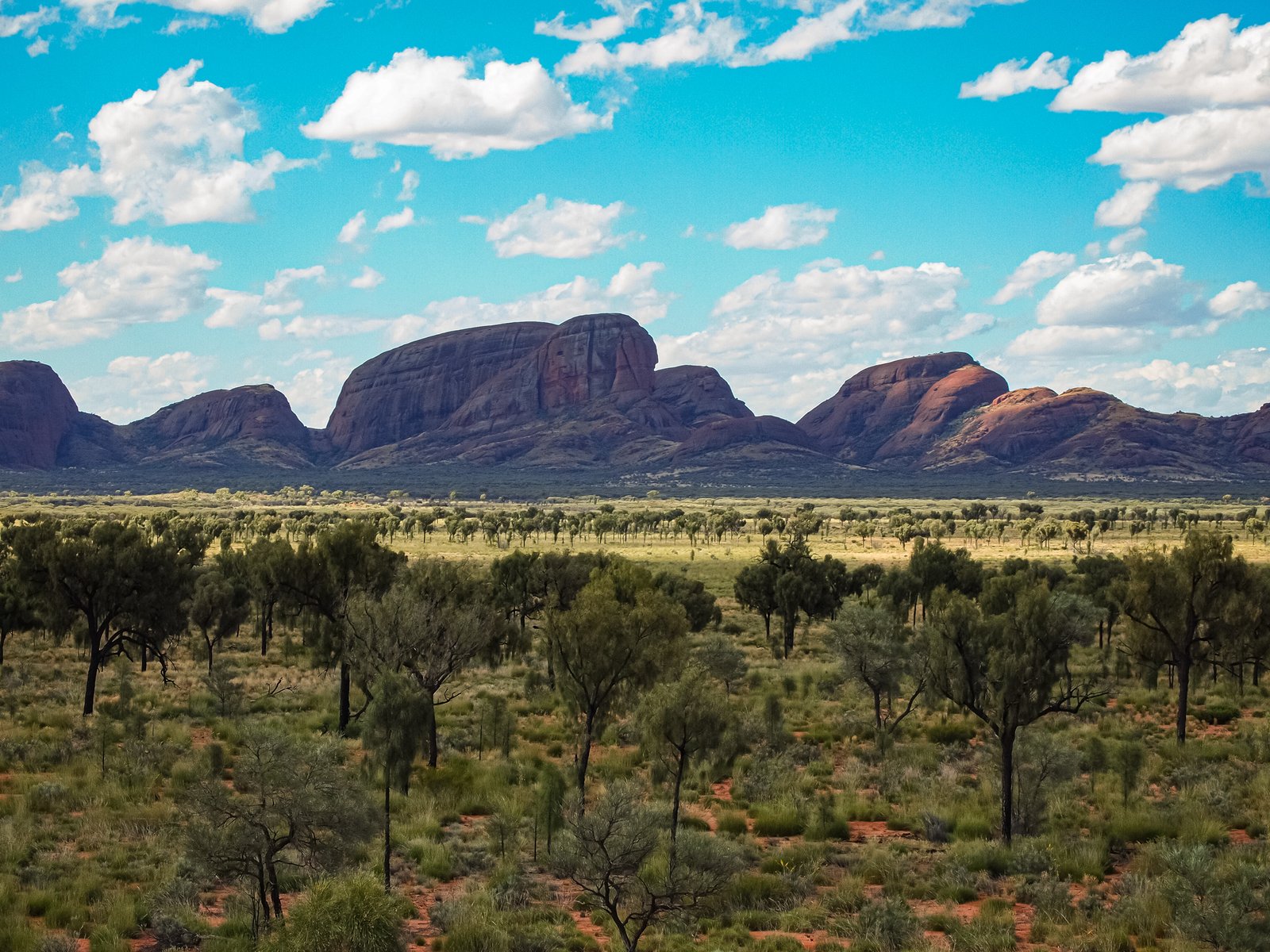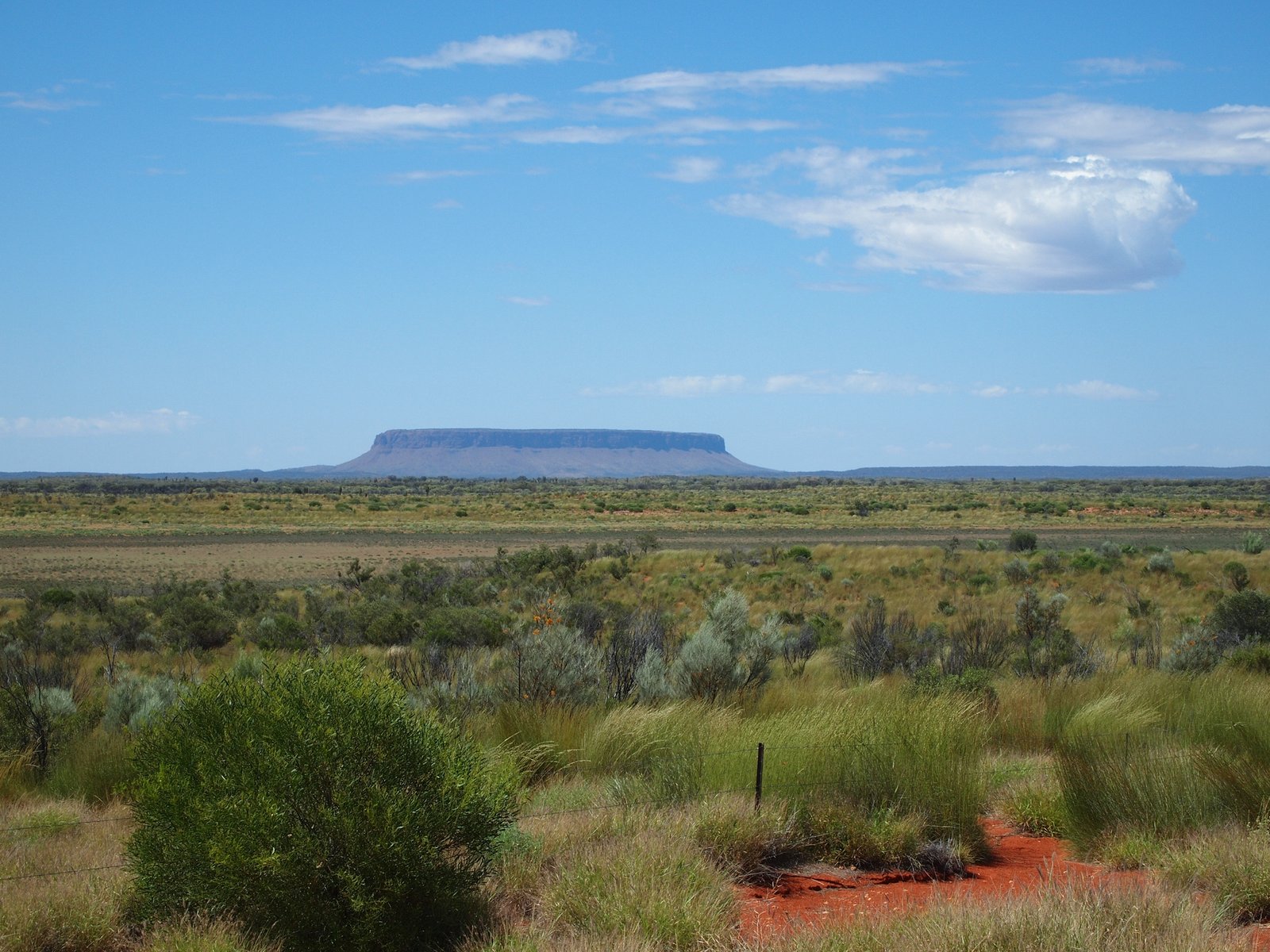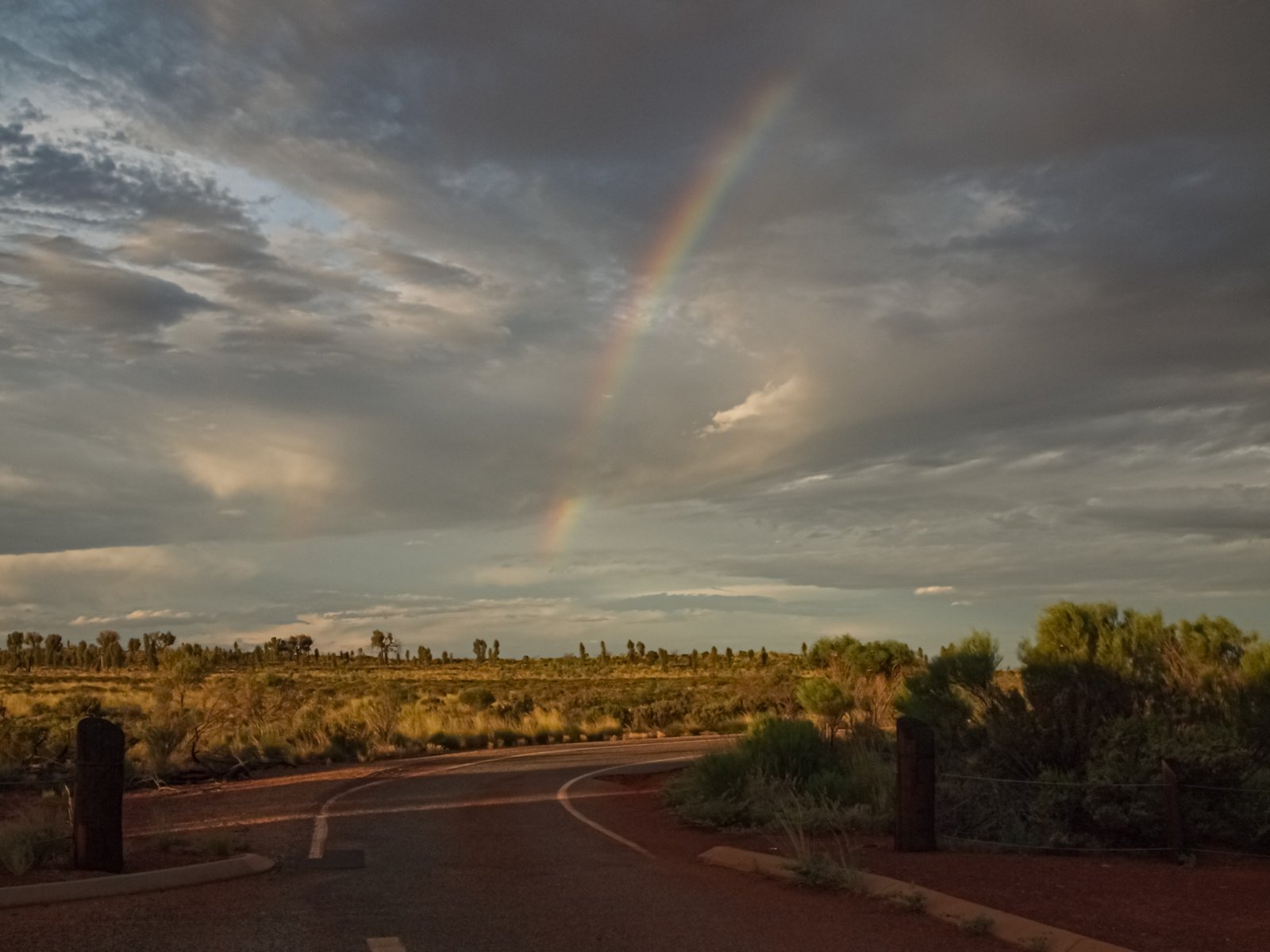Northern Territories, Australia
A Journey to the Heart of Australia
Uluru, also known historically as Ayers Rock, is one of Australia’s most iconic natural landmarks. This massive sandstone monolith stands alone in the vast expanse of the Northern Territory’s Red Centre, making it a truly unique geological feature. Its isolation and the clear blue sky as its backdrop create a striking visual that is instantly recognizable worldwide.

My journey to Uluru was an adventure into the remote heart of the Australian Outback, far off the beaten path. Located about a five-hour drive from Alice Springs, the nearest major town, reaching Uluru can be quite a trek. For those short on time, a flight via small plane is highly recommended, as it not only saves time but also offers a breathtaking aerial view of the landscape.

One of the highlights of my visit was the Valley of the Winds Walk, a scenic trail that weaves through the rugged terrain of Kata Tjuta, near Uluru. The walk offers a closer look at the area’s natural beauty, with paths that lead through ancient rock formations and offer expansive views of the surrounding desert. The experience is a testament to the enduring power of nature and the deep history of the land.

However, visiting Uluru comes with its complexities, particularly regarding cultural sensitivity and tourism. The rock holds deep spiritual significance for the Anangu, the traditional owners of the land. While I was there, there was evident tension between the desires of tourists to climb Uluru and the preferences of the Indigenous community, who have long requested that visitors refrain from climbing out of respect for their culture. At the time, climbing was still permitted by the Australian government, though it has since been closed permanently in 2019.

Interestingly, during my visit, the famous television personality Oprah Winfrey was also touring Uluru, which added an unexpected layer of excitement to the trip. Despite this, my personal takeaway was mixed. While Uluru is undeniably impressive, I found that its remoteness and the travel required to reach it might not appeal to everyone. The site is indeed special for its geological and cultural significance, but as a tourist attraction, it may not meet everyone’s expectations unless they have a particular interest in iconic natural landmarks or Indigenous Australian culture.

In conclusion, while I appreciate having experienced Uluru and the Valley of the Winds Walk, my advice to potential visitors is to consider carefully whether the journey aligns with their interests and values. For those deeply interested in Australia’s natural history and Indigenous culture, it’s a profound place to visit. However, for others, the long journey to what some might see as ‘just a rock’ could be better spent exploring other parts of Australia’s diverse landscape.


 E-P1
E-P1 f/10
f/10 14mm
14mm 200
200 1/400 sec
1/400 sec